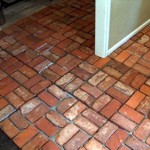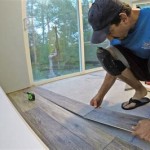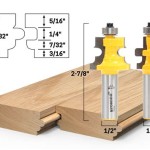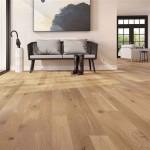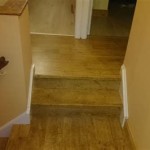Pine Wood Flooring: Unveiling Its Durability Secrets
Renowned for its warmth, versatility, and affordability, pine wood flooring has become a popular choice among homeowners and builders alike. However, when it comes to durability, many wonder how pine wood measures up. Delving into the essential aspects that contribute to its resilience, this article will shed light on the remarkable durability of pine wood flooring.
Natural Strength and Hardness
Pine wood possesses inherent strength and hardness, making it resistant to wear and tear. Its Janka hardness rating, a measure of wood's resistance to indentation, ranges from 690 to 850, placing it on par with other popular flooring species like oak and maple. This durability makes pine wood flooring well-suited for high-traffic areas such as living rooms, kitchens, and hallways.
Structural Stability
Pine wood is dimensionally stable, meaning it resists shrinking and swelling due to changes in temperature and humidity. This dimensional stability ensures that pine wood flooring maintains its original size and shape, preventing gaps, cracks, and buckling over time. The interlocking tongue-and-groove construction further enhances the stability of pine wood flooring by preventing movement and ensuring a tight fit.
Resin Content and Resistance to rot
Pine wood contains natural resins that act as a protective barrier against moisture and decay. These resins help prevent the growth of mold, mildew, and other microorganisms, making pine wood flooring ideal for areas prone to moisture, such as bathrooms and kitchens. Additionally, pine wood is naturally resistant to rot, further enhancing its durability in humid environments.
Proper Care and Maintenance
Like any type of flooring, proper care and maintenance can significantly extend the lifespan of pine wood flooring. Regular cleaning, sweeping, and vacuuming help remove dirt and debris that can scratch the surface. Using a damp mop or cloth for cleaning is recommended to avoid excess moisture. Applying a polyurethane or water-based finish helps protect the flooring from stains, scratches, and wear, further enhancing its durability.
Choosing the Right Grade
Pine wood flooring is available in various grades, ranging from select to common. Higher grades feature fewer knots and imperfections, resulting in a more uniform and refined appearance. Selecting a higher grade of pine wood flooring can enhance its overall durability and longevity. However, lower grades, while more rustic in appearance, can still provide excellent durability for areas with less foot traffic.
In conclusion, pine wood flooring offers exceptional durability due to its inherent strength, structural stability, resin content, proper care and maintenance, and the availability of different grades. By understanding these essential aspects, homeowners and builders can confidently choose pine wood flooring for their homes, ensuring warmth, versatility, and long-lasting beauty for years to come.

Everything You Need To Know About Pine Flooring

Pine Flooring The Pros And Cons Floorings

Is It Worth Restoring Old Pine Floorboards Craftedforlife

Pine Flooring Reclaimed Installation Costs Hardwood Floors

Pine Flooring Guide Pros Cons And Installation

Expert Tips For Heart Pine Flooring Longleaf Lumber

Southern Pine Durability 3 4 Solid Will Outlive The House

Everything You Need To Know About Pine Flooring

The Enduring Beauty Of Soft Eastern White Pine Flooring Carlisle Wide Plank Floors

Pine Flooring Unrivalled Quality Woodworks By Ted Todd
Related Posts

